Out Now
The Heritage Issue
Current Issue
The Heritage Issue
Apr-May 2025

Netflix may have killed off the video store, but are streaming platforms set to do the same to cinemas, too?
Going to the movies is something that’s pretty much ingrained in our psyche here in Australia, as well as in many countries around the world.
There’s something romantic and nostalgic about watching a movie on a big screen (until the annoying brat behind you starts kicking your seat, and the hungry fella in front munches chips and unwraps lollies from start to finish, but that’s another story).
But, for all of the innovation that’s gone on around us over the past century and more, the experience of going to the movies isn’t that different since people sat down to watch the world’s first feature film, back on Boxing Day 1906 at the Athenaeum Theatre in Melbourne.
The Story of the Kelly Gang was the first multi-reel, feature-length movie produced in the world, and while in the almost 120 years that have followed, there has been some innovation – colour picture and sound to name a couple – the essence of the experience is pretty similar.
Of course, back then, you didn’t have a TV at home. Black and white TVs became commonplace in the 60s, while colour TVs came into people’s homes in the mid-late 70s.
Video recorders – Betamax or VHS, you choose – became prevalent in the 1980s, with DVD players, surround sound, widescreen TVs and streaming all making watching movies from the comfort of your own home all the more appealing.
So, are Netflix, Stan, Binge, Apple TV, Paramount Plus, BritBox, Foxtel and the plethora of other streaming services going to kill off cinemas for good?
The figures say not just yet – and there are some pretty cool tech innovations coming to movie theatres around the world that may just breathe some new life into cinemas sooner rather than later.
The cinema numbers are stacking up
Quick question: how are cinemas going in terms of attendance in comparison to, say, the 1970s and 1980s? The natural inclination would be to say attendance at cinemas has fallen through the floor. But is that really the case?
Turns out, it’s maybe not quite as bad as you think. However, the number of us going to the cinema, and – perhaps more importantly – our average visits, are falling.
Figures from Screen Australia show that in the mid 70s, around 64% of the population went to the movies an average of 10.5 times a year, while in 2023, 59% of us went to the movies an average of 4.8 times.
Of course, you need to factor in population growth here. In 1974, data from the Australian Bureau of Statistics (ABS) showed 13.7 million people living in Australia, while in 2023 it was almost 27 million, meaning while percentages of people going to the movies have fallen, the actual numbers have, in fact, risen.
The answer lies in tech.
Upping the cinema ante with technology
For big cinema chains, they’ve got a distinct advantage in that they can invest in and experiment with new technologies before it becomes mainstream – or affordable to the average person.
And, through the years – while the crux of the experience hasn’t changed, elements have. Surround sound, for example. We’ve had 3D glasses, wider, comfier seats and waiter service.
For example, 4DX and MX4D formats (similar ideas, just from different companies) blast all of your senses, not just sight and sound. These augmented reality movies use high-tech moving seats and special effects including wind, fog, water and scents that synchronise perfectly with the action on screen to fully immerse you in the movie.
Laser projection is increasingly used for crystal clear movie projection, while ScreenX – a 270-degree cinema in Leicester Square, London – wraps the movie all around you.
Creating that multisensory experience – one that’s free from other distractions and fully immersive – is surely the future of movie watching.
And, when those experiences become the rule, rather than the exception, those visitor numbers will surely keep climbing.
Keep up to date with our latest news and competitions by subscribing to our regular newsletter.

Issue 183
OCT - NOV 2024

Issue 182
AUG - SEPT 2024

Issue 181
JUN - JUL 2024

Issue 180
APR - MAY 2024

Issue 179
FEB - MARCH 2024

Issue 178
DEC 2023 - JAN 2024

Issue 177
OCT - NOV 2023

Issue 176
AUG - SEPT 2023

Issue 175
JUN - JUL 2023

Issue 174
APR - MAY 2023

Issue 173
FEB - MAR 2023

Issue 172
DEC 2022 - JAN 2023

Issue 171
OCT - NOV 2022

Issue 170
AUG - SEPT 2022

Issue 169
JUN - JUL 2022

Issue 168
APR - MAY 2022

Issue 167
FEB - MAR 2022

Issue 166
DEC 2021 - JAN 2022

Issue 165
OCT - NOV 2021

Issue 164
AUG - SEPT 2021

Issue 163
JUN - JUL 2021
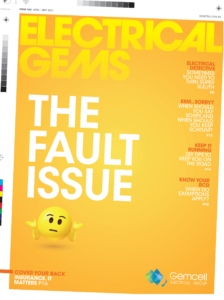
Issue 162
APR - MAY 2021

Issue 161
FEB - MAR 2021

Issue 160
DEC 2020 - JAN 2021

Issue 159
OCT - NOV 2020

Issue 158
AUG - SEPT 2020

Issue 157
JUN - JUL 2022

Issue 156
APR - MAY 2020

Issue 155
FEB - MAR 2020

Issue 154
DEC 2019 - JAN 2020

Issue 153
OCT - NOV 2019

Issue 152
AUG - SEPT 2019

Issue 151
JUN - JUL 2019

Issue 150
APR - MAY 2019
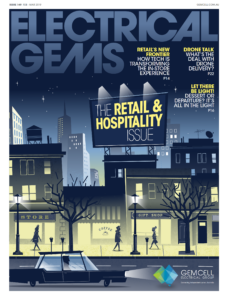
Issue 149
FEB - MAR 2019

Issue 148
DEC 2018 - JAN 2019

Issue 147
OCT - NOV 2018

Issue 146
AUG - SEPT 2018

Issue 145
JUN - JUL 2018

Issue 144
APR - MAY 2018

Issue 143
FEB - MAR 2018

Issue 142
DEC 2016 - JAN 2017

Issue 141
OCT- NOV 2017

Issue 140
AUG - SEPT 2017

Issue 139
JUN - JUL 2017
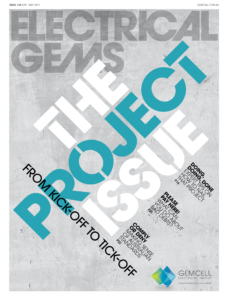
Issue 138
APR - MAY 2017

Issue 137
FEB - MAR 2017

Issue 136
DEC 2016 - JAN 2017

Issue 135
OCT - NOV 2017

Issue 134
AUG - SEPT 2016

Issue 133
JUN - JUL 2016

Issue 132
APR - MAY 2016

Issue 131
FEB - MAR 2016

Issue 130
DEC 2015 - JAN 2016

Issue 129
OCT - NOV 2015

Issue 128
AUG - SEPT 2015

Issue 127
JUN - JUL 2015

Issue 125
APR - MAY 2015

Issue 125
FEB - MAR 2015

Issue 124
DEC 2014 - JAN 2015

Issue 123
OCT - NOV 2014

Issue 122
AUG - SEPT 2014
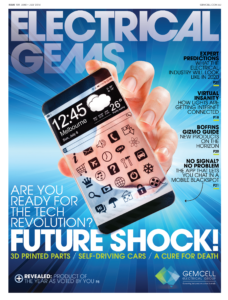
Issue 121
JUN - JUL 2014

Issue 120
APR - MAY 2014

Issue 119
FEB - MAR 2014

Issue 118
DEC 2013 - JAN 2014
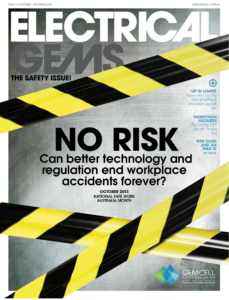
Issue 117
OCT - NOV 2013

Issue 116
AUG - SEPT 2013

Comments (0)
Write a Comment